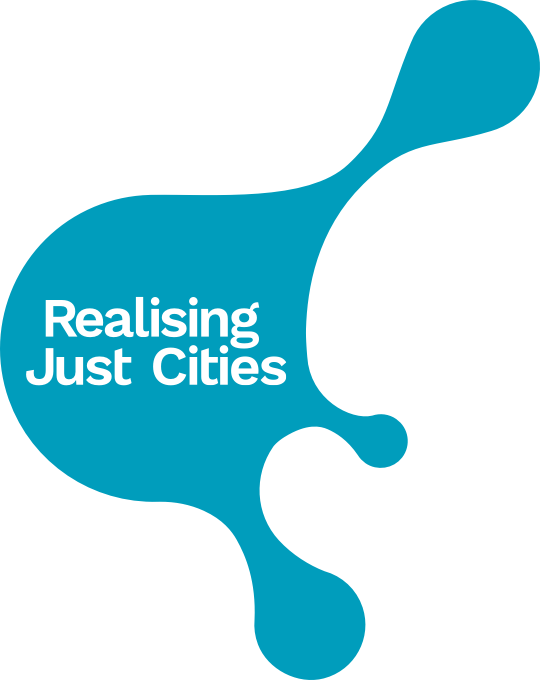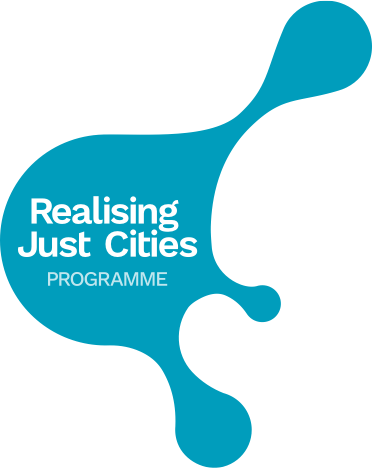New report: Testing the 21st Century Councillor framework
In 2018, Jam and Justice partnered with North West Employers to explore what is needed to enable better outcomes for all, by talking with Councillors, council officers and other citizens. Research from Birmingham University (The 21st Century Councillor, 2016; roles pictured above) was used to prompt discussion about how Councillors respond to the many challenges and opportunities in their local areas.
A report from the research is released today (1 July) ahead of an open workshop with stakeholders to examine the recommendations and consider what other actions might be taken.
In our project Testing the 21st Century Councillor Framework, focus groups were asked:
- Are the Councillor roles and descriptions in the framework what people see? Do they make sense?
- What else is needed to enable better outcomes for the communities, Councillors and officers and the council itself?
From the North West Councils who had expressed an interest in the 21st Century Councillor research, four from the Greater Manchester area were approached and agreed to seek approval to be involved: Bury Council, Manchester City Council, Oldham Council, and Salford City Council. The project commenced in April 2018 with focus groups and meetings with stakeholders running until April 2019.
A wide range of participants took part in the project through a series of 10 focus groups with 57 people in total, held in four authorities. These included local elected Councillors, individual citizens, members of community groups, members of youth organisations, and council officers.
Key findings include:
Strengthening roles and developing relationships: Communication matters. So does understanding what everyone does, what is important to them and what needs to happen. All groups felt more co-production and collaboration on projects were required.
“Councillors should play a role in strengthening these relationships, but the question is how?”
- Officers and Councillors liked the idea of joint training, it was felt it would work to bring people together around an issue that is relevant in any given local area, including building on what’s good, rather than only focusing on the problems.
- Community groups said that a lot of outreach work needs to be done to reach all communities.
- It was suggested that annual meetings with Councillors involving members of the youth council could take place.
Emerging Issues: People described a mixed picture. Some people are stuck working in the same way. Established community groups sometimes have traditional expectations that their main role is to lobby for change by others, with councils doing the bulk of the work. Some local councillors use the same model. In other cases, a culture shift is visible, with mixed groups, new and old, working together more.
The focus groups suggested that:
- Councillors have to draw on their skills to enable effective co-production and collaboration.
- Councils need to be less risk averse to enable innovation.
The report includes recommendations for all stakeholders including political parties, councils, and Councillors.
TAKE ACTION
- Join North West Employers and Jam & Justice to discuss these findings and look at possible actions, Friday 5 July, 10am-1pm, The Federation, Manchester.
- Download the report. (A summary of key findings is available to download below.)
- Consider what you can do differently.
- Share the report with key stakeholders including your local Councillor(s).
- View more information about Testing the 21st Century Councillor framework and other Jam and Justice ARC projects.




